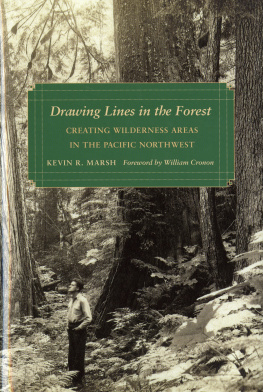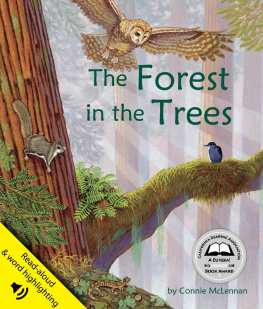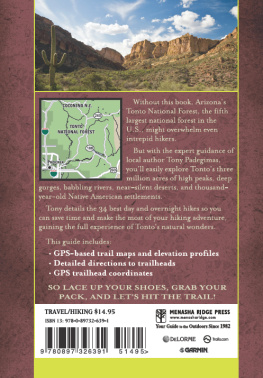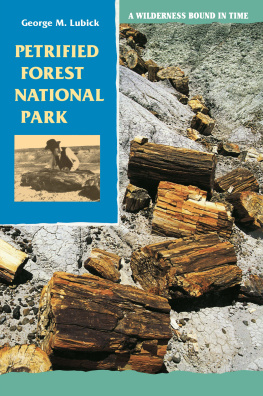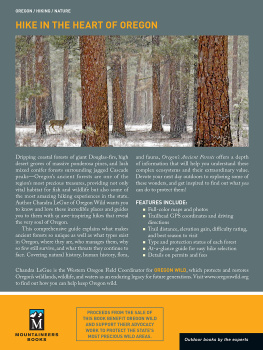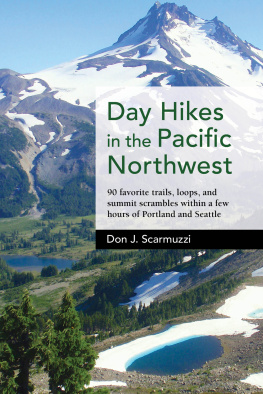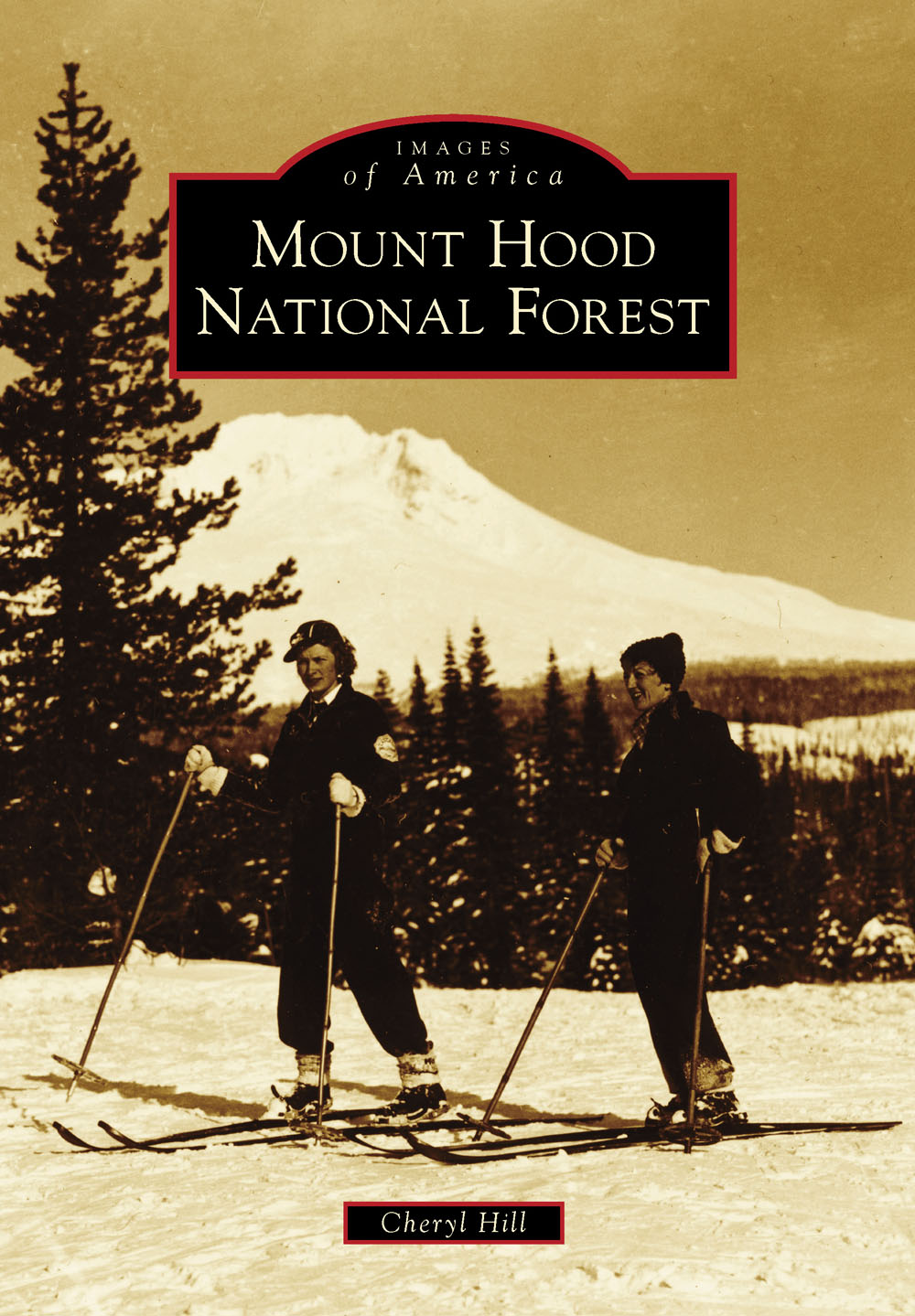
IMAGES
of America
MOUNT HOOD
NATIONAL FOREST

Timberline Lodge was built by Works Progress Administration workers and dedicated by Pres. Franklin D. Roosevelt in 1937. It is a tourist destination, a ski resort, a hotel, and somewhere to dine, as well as a place to enjoy the fine craftsmanship and beautiful artwork that went into creating the lodge. (Courtesy of the US Forest Service.)
ON THE COVER: With the completion of the Mount Hood Loop Highway in the 1920s, mountain access became easier, and formal ski areas started to be developed. The Advertising Club Winter Sports Area (now known as Summit Ski Area) opened in December 1927. It had a wooden ski jump, toboggan slide, ski slopes, and a building that housed a lunch counter and rental shop. People could congregate and warm up at an outdoor fireplace. The skiers in this photograph are across the highway at the ski area now known as Mount Hood Skibowl. (Courtesy of the US Forest Service.)
IMAGES
of America
MOUNT HOOD
NATIONAL FOREST
Cheryl Hill

Copyright 2014 by Cheryl Hill
ISBN 978-1-4671-3120-9
Ebook ISBN 9781439644867
Published by Arcadia Publishing
Charleston, South Carolina
Library of Congress Control Number: 2013945500
For all general information, please contact Arcadia Publishing:
Telephone 843-853-2070
Fax 843-853-0044
E-mail
For customer service and orders:
Toll-Free 1-888-313-2665
Visit us on the Internet at www.arcadiapublishing.com
This book is dedicated to my wonderful partner Greg, whose companionship makes my forest explorations all the more fun.
CONTENTS
ACKNOWLEDGMENTS
Thanks go to Alexandra Wenzl, Lloyd Musser, Douglas Woycechowsky, and Tom Kloster for their help as I worked on this book. Thanks also go to Donna Henderson, Randall Henderson, Matt Carmichael, and Sara Petrocine.
Unless otherwise noted, all the images in this book appear courtesy of the US Forest Service (USFS). Other images appear courtesy of the Oregon Historical Society (OHS), the Mount Hood Cultural Center and Museum (MHCCM), the History Museum of Hood River County (HMHRC), George M. Henderson, the Columbia River Maritime Museum (CRMM), the Crag Rats (CR), the Portland Water Bureau (PWB), and the authors personal collection.
INTRODUCTION
At 11,239 feet, Mount Hood is Oregons tallest peak and the fourth-tallest peak in the Cascade Range, which stretches from southern British Columbia, Canada, to northern California. Mount Hood is a dormant volcano and is home to 12 glaciers.
The Klickitat, the Chinook, and other Native American tribes lived in the area for hundreds of years before the arrival of white settlers. The Native Americans relied on the mighty Columbia River for fishing and transportation, and they used the forest for hunting and picking berries. They used western red cedar trees to build longhouses and canoes, and they used the cedar bark for baskets. They also utilized controlled burning to improve hunting and grazing areas.
The Native Americans had several legends about the mountain that would one day be named Mount Hoodone legend tells of two sons of the Great Spirit Sahale who both fell in love with a beautiful maiden named Loowit. She could not decide between them, so Wyeast and Klickitat fought over her, blanketing the land with ashes, hot rocks, and lava. Sahale was furious and turned all three of them into mountains: Loowit is Mount St. Helens, Klickitat is Mount Adams, and Wyeast is Mount Hood.
During Capt. George Vancouvers survey of the northwest coast in 1792, he sent Lt. William Broughton with a ship up the Columbia River. From the river, Broughton saw a very distant high snowy mountain and named it after Lord Samuel Hood, the Royal Navy admiral who had originally ordered the coastal survey.
In 1803, Pres. Thomas Jefferson sent Meriwether Lewis and William Clark to explore the territory that the United States had recently purchased from France. The expedition canoed down the Columbia River in 1805, wintered near present-day Astoria, and traveled back up the Columbia in 1806. The party explored upstream along the river we now know as the Sandy River and found that the riverbed was formed entirely of quicksand, which was actually volcanic ash from an eruption that occurred on Mount Hood in the 1790s.
Immigrants started arriving in the area in great numbers in the 1840s. They traveled 2,000 miles over the Oregon Trail in search of a better life, chasing rumors about the fertile farmland in the Willamette Valley. In 1846, Capt. Samuel K. Barlow opened a toll road around the south side of the mountain that served as an alternative to the dangerous route down the Columbia River, albeit an expensive one. Emigrants paid $5 per wagon and $1 per head of stockan astronomical sum at the timebut that did not stop them from using the toll road. Judge Matthew P. Deady wrote that the roads construction contributed more toward the prosperity of the Willamette Valley and the future state of Oregon than any other achievement prior to the building of the railways in 1870.
Almost as soon as white settlers started arriving in Oregon, people started trying to climb Mount Hood. Thomas Dryer, owner and editor of the Oregonian newspaper, claimed to be the first to summit the mountain in 1854. His account of the climb was so lacking in detail that it is now widely believed that he did not actually succeed in reaching the summit. Credit for the first successful climb of Mount Hood goes to a party of four menHenry Pittock, Lyman Chittenden, Wilbur Cornell, and Rev. T.A. Woodwho summited on July 11, 1857.
In 1891, the government began to take the first steps to protect the vast amounts of land in the public domain. The Forest Reserve Act allowed the president to set aside forested land as public reservations. This was followed in 1897 by the Organic Act, which dictated how the forest reserves would be managed. Between 1892 and 1907, some 16 forest reserves were set aside in Oregon. The first of these was the Bull Run Reserve, established by Pres. Benjamin Harrison on June 17, 1892.
The growing city of Portland was looking for a water source other than the Willamette River, local creeks, and wells that it had been relying on, and the Portland Water Committee formed in 1885 to establish a municipal water system. It hired an engineer to survey the Bull Run watershed, and in February 1886, Col. Isaac W. Smith led a party into the area. After navigating the rugged terrain and dense vegetation, the men came to pristine Bull Run Lake at the head of the watershed and decided that this was going to be Portlands future water supply.
Twenty-four miles of pipeline had to be constructed to transport water from the Bull Run headworks to the city. On January 2, 1895, Bull Run water flowed into Portland. The designation as a forest reserve prevented human habitation within the watershed, but logging, grazing, mining, hunting, and fishing were still allowed. On April 28, 1904, Pres. Theodore Roosevelt signed into law An Act for the Protection of the Bull Run Forest Reserve and the sources of the water supply of the City of Portland, State of Oregon which came to be known as the Bull Run Trespass Act. From that point on, public access to the watershed was banned.
In 1907, the reserves were renamed as national forests, and the Bureau of Forestry became the United States Forest Service (USFS). In 1908, the Bull Run Reserve became part of the newly established Oregon National Forest. The USFS was tasked with protecting the forests from wildfire, and it set about establishing a system of lookout towers, guard stations, and hundreds of miles of telephone lines to achieve that goal.
Next page







